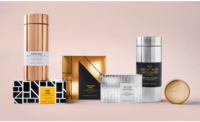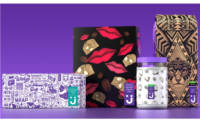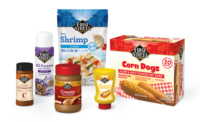So long national brand imitations, lackluster packaging design and sub-par taste. Today’s private label brands (aka, store brands) are head-to-head with national brands as more retailers are entering the market. On store shelves and e-commerce platforms, it’s hard to miss the dramatic growth.
Gone are the stigmas of value and quality — when consumers bought generic goods in order to save money. Many of these products are now high quality due to innovations, differentiation and better packaging. Terms such as “generic brand,” “brandless” and “no label” products are not used any longer.
According to Nielsen’s (nielsen.com) latest Total Consumer Report, store brands started to outpace national brands in 2017. And by the last quarter of 2017, they were posting dollar growth of more than three times the rate of branded products. Market share for private label now stands at 30 percent or higher in 17 countries — including the U.K. where it sits at a comfortable 46 percent.
Some believe this is due to private brand prices hitting the “sweet spot” while product offerings are growing more diverse in terms of quality, taste and packaging — an attempt to improve the retailer’s competitive edge.
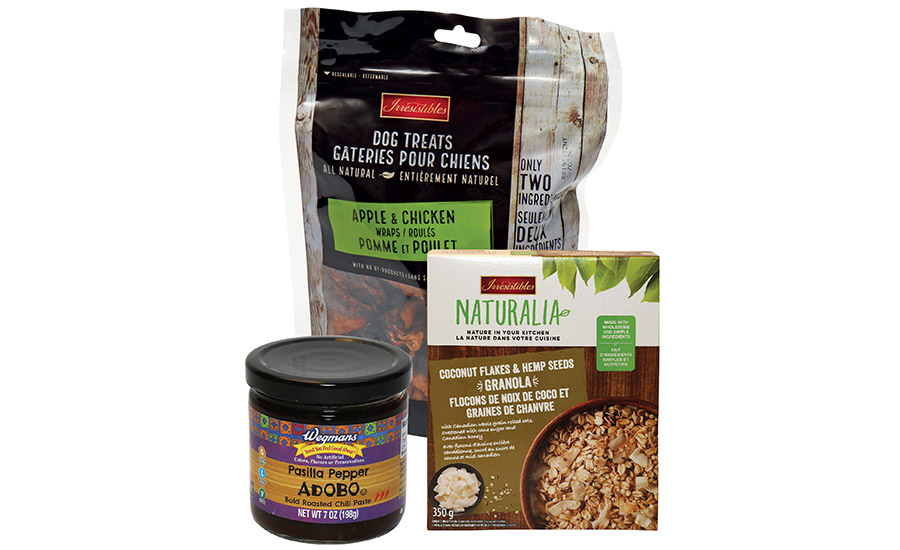
Euromonitor (euromonitor.com) agrees, stating the emphasis is shifting from aggressive promotion and discounting of private brands to providing better quality and a unique offer. Furthermore, the research firm says that growth has been driven by the expansion of large grocery retailers and the trend toward more sophisticated lines that command higher prices and margins.
Convenience, Quality & Differentiation
When asked about recent growth in private label brands, Private Label Manufacturers Association (PLMA) President Brian Sharoff says it’s due, in part, to the different way consumers eat and prepare meals. “The emphasis is not on center store any longer. Growth stems from the consumer’s desire for convenience, and microwaveable, fresh ready meals as a result of consumer interest in organic, fresh and health and wellness offerings. National brands haven’t paid much attention to this as they are mass market.”
Sharoff adds that consumers have turned to private brands as the products being offered are more innovative. Whole Foods and Trader Joes are responsive to today’s consumer interest, for example. The reason? High quality, wherein new store brand products are better than center-store knockoffs from years ago.
“Niche products and the expansion of retailers who are emphasizing their own brands — such as Costco, Kroger, Wegmans and others — have attributed to growth as well,” says Sharoff.
However, not all private label products are driving growth at the same rate, and not all national brands are experiencing declining sales. The Nielsen report shows that discount offerings represent more than 60 percent of revenue for private brands, yet the most value-oriented products have struggled to keep pace compared to double-digit dollar growth of premium products. Across branded product sales, premiumization is sustaining more than one-third of dollar volume and driving the most growth.
Winning Private Brands
Retailers and wholesalers across the U.S., Canada and Latin America were asked to submit their new store brands products for consideration in the PLMA Salute to Excellence 2018 Awards program. More than 500 new store brands across many CPG categories were reviewed for innovation based on trends in the category, the markets in which the retailer operates and what competitors were offering. In addition to innovation and product concept, products were also judged for taste, texture and smell, packaging and presentation, and value for money.
Judges selected 53 products — 38 food and 15 nonfood items for the winning products.
Trends most evident from the product entries include unique ingredients in food and non-food categories, no more national brand imitators, and making sure products sold in-store can move to an e-commerce platform and handle the journey from shipping to consumer safely.
In the food and beverage categories, many winners feature unique flavors or ingredients, like Albertson’s Signature Select Chipotle Craft Beer BBQ Sauce. ShopRite’s Tandoori Naan showed off its international flare, another consumer interest. 7-11’s 7 Select Go! Smart answers the call for organic, healthy choices. And one standout product winner sourced at origin: Lidl’s Preferred Selection British Vintage Cheddar Cheese.
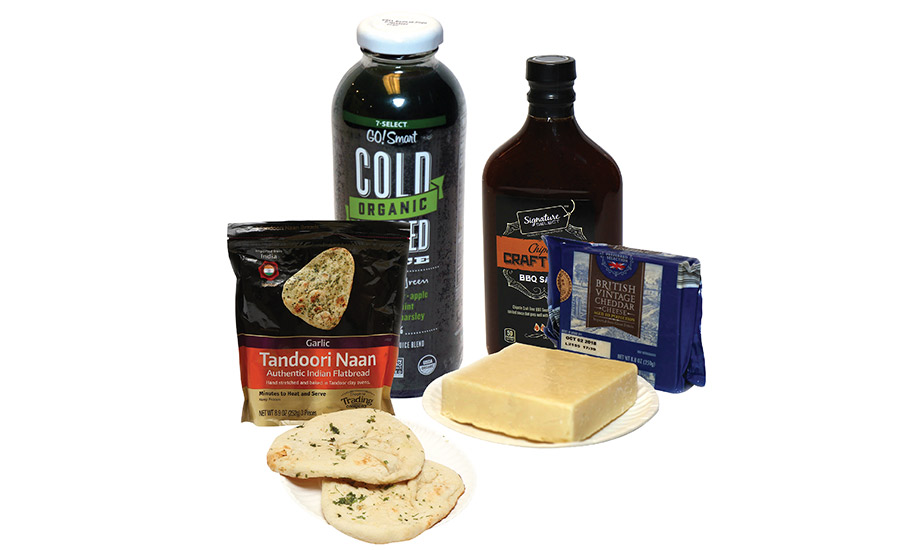
In the personal care, health and household categories, some unique packaging standouts include Thrive’s lavender liquid laundry detergent in an old-school looking carton with bag in box. Trader Joe’s Cucumber Avocado Body Butter also features unusual ingredients. Walgreens won with its C.Y.O Eyeshadow Palette Rainbow Warrior Colors that come in a kit that looks straight from a high-end retailer. Among the health care winners was CVS Health’s Pro Strength Kinesiology Tape.
“What is really amazing is how good retailers have become in spotting trends and developing new products,” says Sharoff. “Ten years ago, all you heard were complaints from national brands about how private label was nothing more than copycats. Now it is the retailers and their store brand suppliers who are pioneering and leading the way.”
Founded in 1979, PLMA members range from multinational corporations to small- and medium-sized companies. With executive offices in New York, an International Council office in Amsterdam and representatives across the globe, PLMA services more than 4,000 member manufacturers from over 70 countries. For the full list of winners, visit plma.com.
Private Label Past, Present & Future
At least 50 years before expansion of private label brands in the late 1980s-’90s, packaging was considered mundane and simple. No money was spent on it due to domination of national brands from television advertising to on-shelf product portrayal.
“The big breakthrough was in 1977-78 with the black/white generics across North America and Europe. It was the antithesis of what nationals were doing — starting with the simplest designs. Suddenly people realized that something new was coming,” says Sharoff.
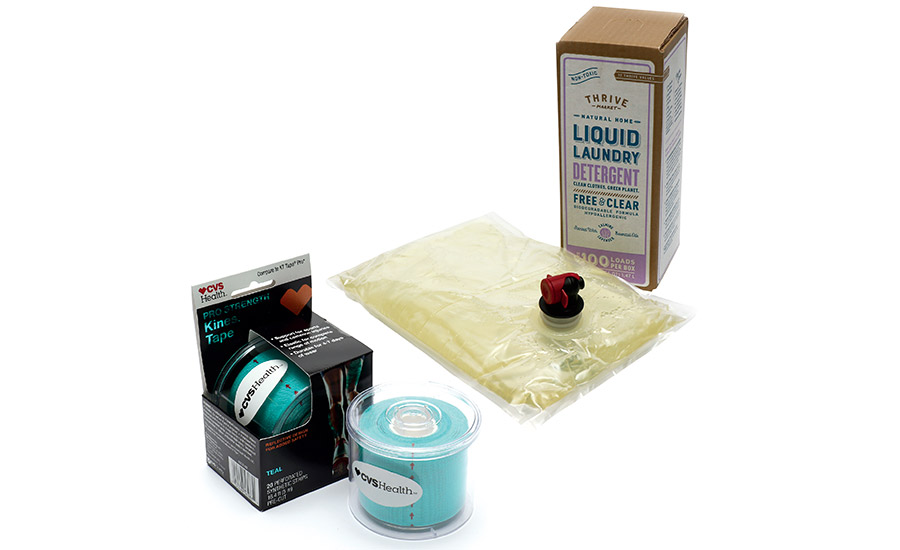
Private brand packaging was a national brand copycat, and consumers were reassured with the packaging similarities, showing that a certain product is as good as the national one because the packaging is the same. Then the imitation faded, so retailers weren’t bound to have similar packaging as national brands.
Sharoff points out that hot categories have shifted to cosmetics, housewares and kitchen, and wine, which are increasingly important for Aldi, Costco and the like.
The future is not necessarily what you buy, but where you buy it — in store, online platform, a combination with home delivery — which will be determined by consumer attitudes and habits and what manufacturers can offer. E-commerce channels haven’t properly succeeded in grocery yet. That will change due to retailers buying stores that have a platform in place (Walmart buying Uniquely J, Amazon with Whole Foods.) On the other side is artificial intelligence. How will consumers make choices based on AI?
Retailers need to respond to consumers’ needs and interests by offering high-
quality products, tiered product ranges and quality packaging — for both in-store and online platforms.
|
5 Tips for Startups PLMA President Brian Sharoff offers five tips for smaller retailers starting a private label brand.
|
|
Private Label Comes into Its Own Five considerations proving effective in promoting store brandsNowadays, consumers are likely to arrive at the register with a mix of name-brand and own-brand products. Smart retailers have dialed in to this growth, as product development becomes more ambitious. Store brands’ rise can also be attributed to the personality driven, strategic creative that connects with the hearts and minds of customers, not just their wallets, by presenting as a like-for-like option; but what are the key considerations defining this new guard of private label brands? 1. Provenance & HeritageOne proven private brand strategy highlights the provenance and heritage behind product offerings, specifically within a two-fold approach. This encourages a connection with the place of origin, while inspiring dialogue between customers and retailers about specific needs. Tesco’s pasta campaign is a great example. It states that all pasta is made by “the same three Italian families,” presenting the vision of a trio of Italian nonnas diligently churning out tagliatelle. A give-and-take approach is eliciting exciting new trends as retailers strive to prove they are listening to shoppers. Big names are rolling out original product ranges amid extensive promotion, displaying place of origin alongside their own logos in an almost complete reversal from the fatalistic approach to store brand marketing and packaging. 2. Blood, Sweat and TiersMultiple price points equal more sales. Most shoppers decide what to purchase by calculating how attracted they are to the product measured against their maximum budget. Tiered products, marketed at two price points or more, combined with cascading designs from simple to ornate, helps customers quickly identify whether they want the economic option, everyday quality or to splurge. Too much time debating leads to product abandonment and while brand-names often remain consistent around quality, private brands have more flexibility. Tiering is a well-developed formula in retail — value, core and premium — and it is now complemented with specific ranges, i.e. vegan or premium plus, to address consumer needs. Offering destination brands that create a halo effect around core tiers can expand on this by promoting the retailer’s mission to offer not only more choice, but give consideration to dietary needs.
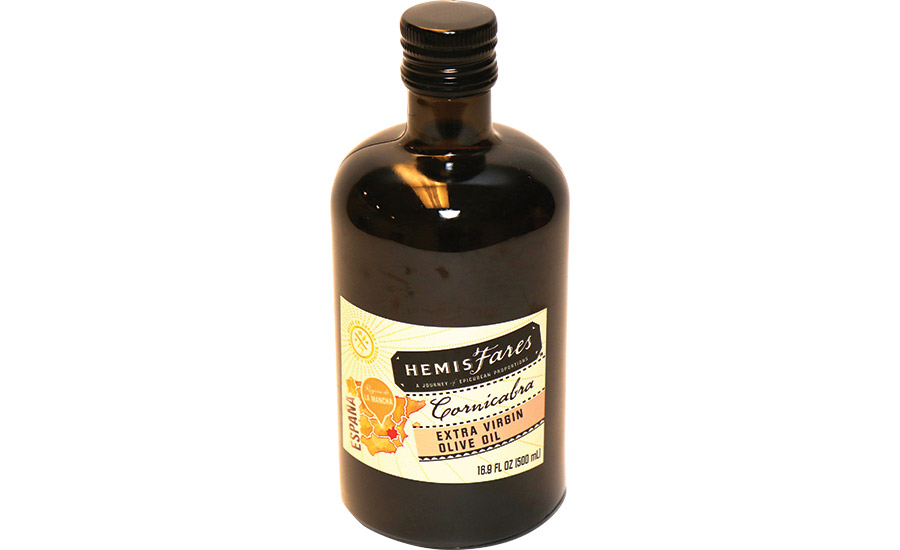
3. Special Diets and Free FromOnce thought by some as a passing trend, the growing popularity of vegan, vegetarian and gluten-free diets shows no sign of slowing. And with free-from sales figures demonstrating a 27 percent rise over a single year, it’s no wonder both name-brand and private-brand ranges are widening. Some larger brands have struggled to introduce gluten-free options, and own brands have picked up the slack. U.K. retailer Marks & Spencer’s ‘Made Without Wheat’ line is a leader in offering fresh baked goods. 4. PremiumizationPrivate label brand now goes beyond pantry staples presented in underwhelming, generic-looking packaging. Kroger invested heavily in its high-end brand offer by introducing HemisFares and Abound to compete with premium-brand competitors on price point and quality. The bias for the majority of grocery stores is to weigh own brands to bargain options, whereas Kroger bucked this trend by rolling out numerous premium ranges. It’s natural and organic offering, Simple Truth, accounts for 1.5 percent of sales and is worth around $1.7 billion. And the packaging reflects the premium nature of the product. 5. Best in ClassSam’s Club has enjoyed success in this area, effectively communicating quality and uniqueness to suggest best in class. The aim is to create designs that stand out on-shelf, making the brand the endorser so shoppers can understand the quality level.
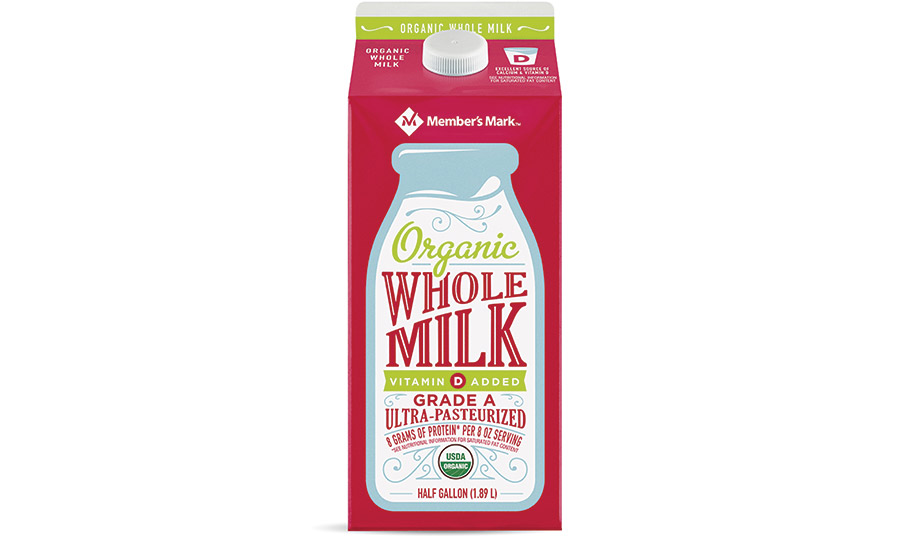
The club store’s Member’s Mark brand is a perfect example. The objective was to streamline 21 own-brands into one. The company created a team of product developers, culinary experts and food scientists to ensure quality and value. Member’s Mark received a fresh design by Equator Design that gave each product a unique look but with a single, unifying logo. Consumers who gravitate toward lower prices are associating private brand products not just with better value, but with quality and a better shopping experience. Premiumization in product and on packaging, sub-categories and a “best in class” approach to design are further enhancing the store-brand experience. Creating packaging that align with a top-quality product allows retailers and agencies to ensure private brand packaging designs compete with and exceed the standards of those offered by national brands. |


